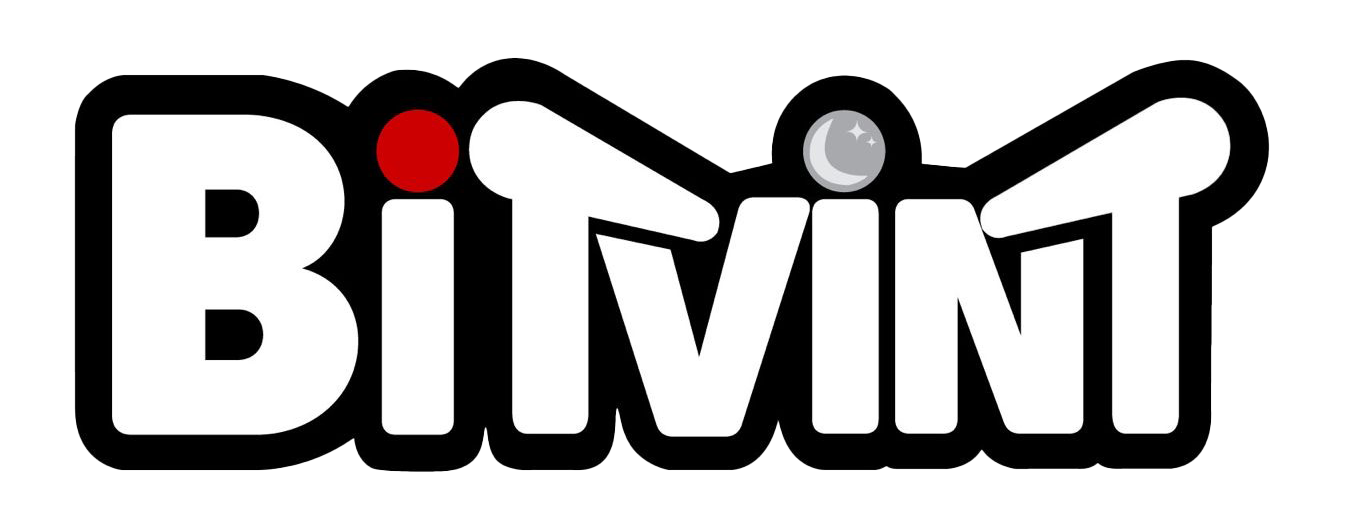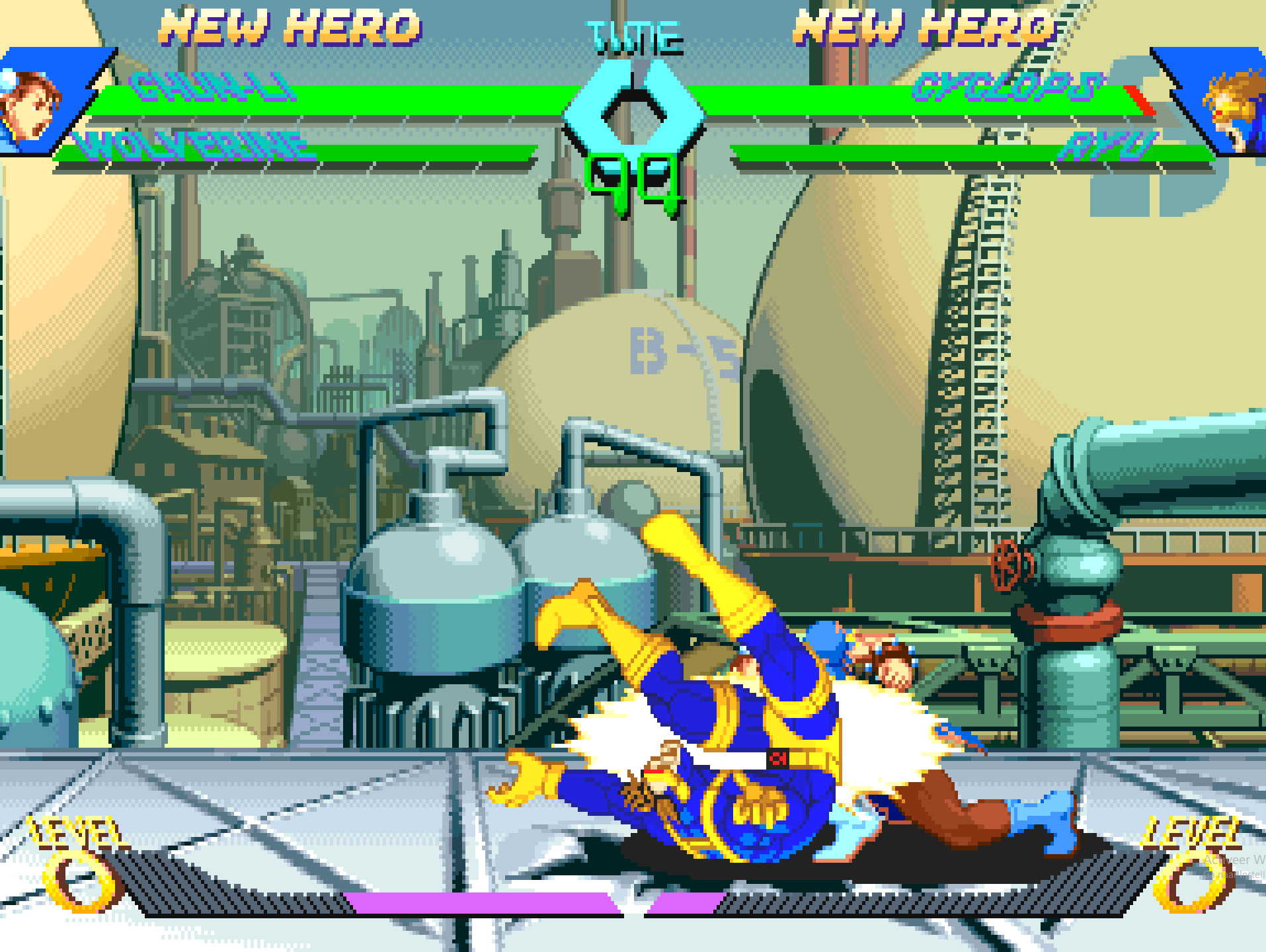Introduction
Released in 1996, X-Men vs. Street Fighter brought together two of Capcom’s most iconic universes in an ambitious and action-packed arcade fighter. This groundbreaking title laid the foundation for the Marvel vs. Capcom series, combining Marvel’s mutant heroes with the world warriors of Street Fighter in fast, chaotic, and colorful battles.

Development and History
- Developer: Capcom
- Publisher: Capcom
- Release Date: September 1996 (Japan), October 1996 (North America)
- Hardware: CP System II (CPS-2)
Following the success of X-Men: Children of the Atom and Marvel Super Heroes, Capcom proposed a crossover concept using their flagship fighting franchise. The development team reused the CPS-2 engine but pushed its limits by introducing a new tag team system that allowed players to switch between characters mid-fight. Animation frames were recycled and optimized from previous games, allowing a large character roster without overwhelming the hardware.
Capcom's goal was to create high-energy battles with cinematic flair, and X-Men vs. Street Fighter delivered with flashy special moves, chaotic combos, and fast-paced action.

Gameplay Video
Gameplay and Mechanics
This 2-on-2 tag team fighter was a leap forward in gameplay innovation for Capcom.
Key mechanics:
- Tag-team system: Switch characters mid-battle with tactical timing
- Super Combo Gauge: Shared between both characters, used for super moves and team specials
- Aerial raves: Launch opponents into the air and follow up with combos
- Fast-paced combat and large hitboxes for aggressive play
- Destructible stages and vibrant background animation
Playable characters include:
From the X-Men roster: Cyclops, Wolverine, Storm, Rogue, Gambit, Sabretooth, Magneto, and Juggernaut.
From the Street Fighter roster: Ryu, Ken, Chun-Li, Cammy, Zangief, M. Bison, Dhalsim, and Charlie.
The final boss is Apocalypse, a towering, screen-filling villain with his own unique stage and devastating attacks.

Cultural Impact and Legacy
- Paved the way for the Marvel vs. Capcom franchise
- First Capcom game to fully implement tag team battles
- Extremely popular in arcades for its chaotic, high-damage gameplay
- Helped popularize crossover fighting games in both the West and Japan
- Spawned direct sequels and inspired countless fan debates about character balance

Fun Facts
- Some sprite animations were reused from Street Fighter Alpha and Children of the Atom to save memory
- Apocalypse was not playable in the arcade version, but became playable in home console ports with cheat codes
- The Sega Saturn port in Japan is often considered the most accurate home version thanks to the 4MB RAM expansion
- X-Men vs. Street Fighter was Capcom’s first official crossover, despite earlier hidden cameos like Akuma in Children of the Atom
- Tag system inspired later mechanics in Tekken Tag Tournament and BlazBlue Cross Tag Battle

Conclusion
X-Men vs. Street Fighter was more than a novelty — it was a turning point in fighting game design. Capcom dared to blend two massive franchises and gave birth to a new kind of gameplay. It ignited a crossover phenomenon that still thrives today, and its legacy continues through the Marvel vs. Capcom lineage.

